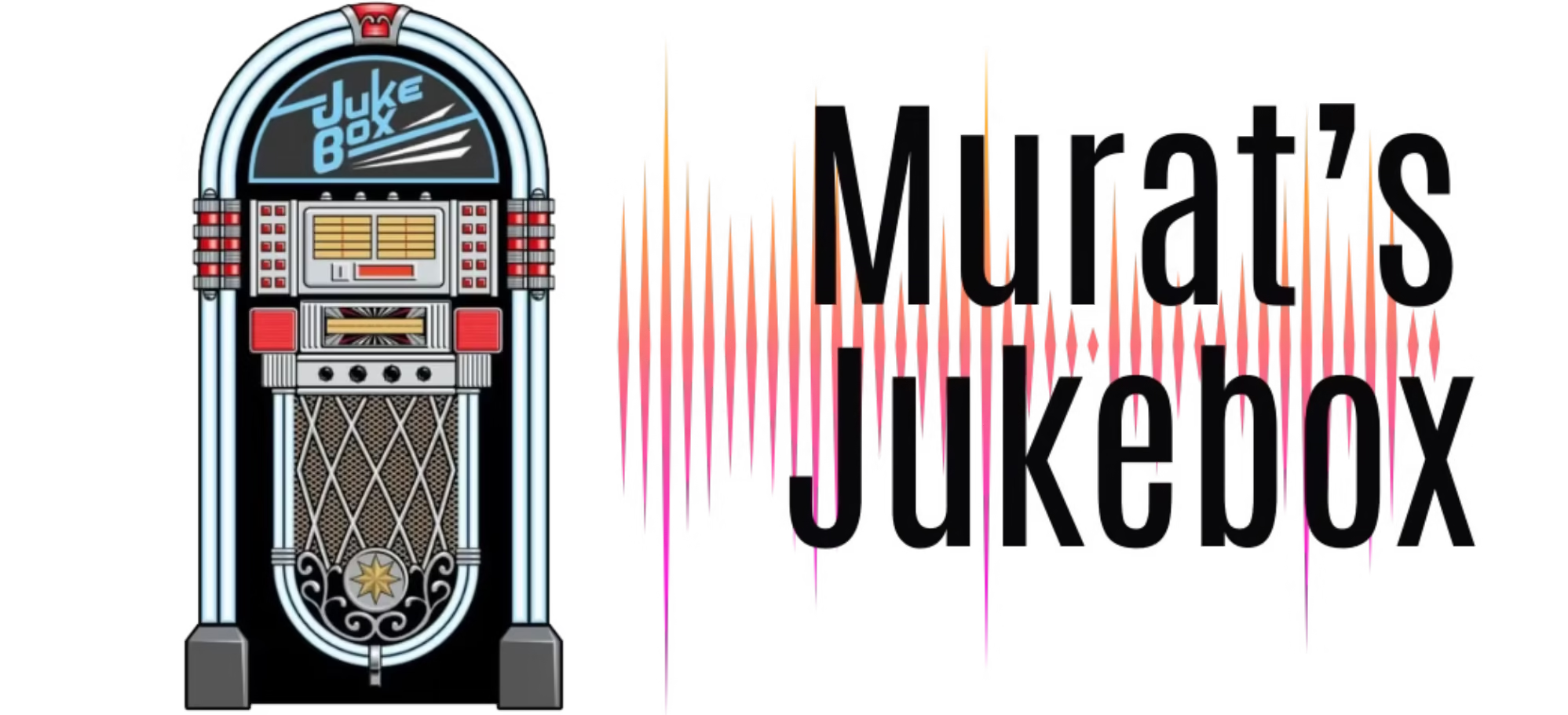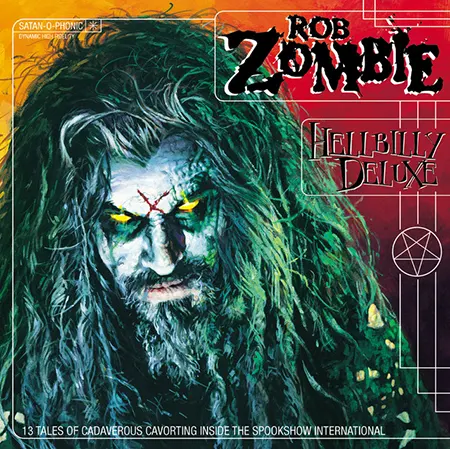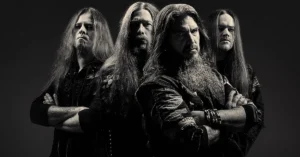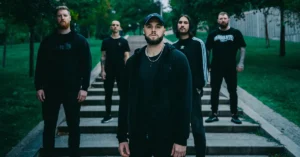Rob Zombie: Shock Rock’s Mad Architect of Metal and Horror
Rob Zombie. Introduction: A Master of Mayhem
Rob Zombie is one of the few artists who has successfully bridged the worlds of music, film, and horror aesthetics with unrelenting intensity and style. As the frontman of White Zombie, a solo industrial metal artist, and a horror movie director, Rob Zombie has built an empire fueled by heavy riffs, blood-drenched visuals, and a deep obsession with cult cinema and outsider art. His brand is unmistakable—grotesque, loud, cinematic, and gleefully transgressive.
Rob Zombie. Early Life and Formation of White Zombie
Born Robert Bartleh Cummings on January 12, 1965, in Haverhill, Massachusetts, Zombie was fascinated from an early age by horror films, heavy music, and fringe pop culture. He moved to New York City to study at the Parsons School of Design, where he formed White Zombie in 1985 with then-girlfriend Sean Yseult.
White Zombie’s early sound leaned into noise rock and punk, but by the early ’90s, they had transformed into a groove-heavy industrial metal band, known for their psychedelic horror imagery, video samples, and distorted riffs.
Rob Zombie. White Zombie: Grooves and Gore
White Zombie released four studio albums, with their breakthrough arriving via:
- La Sexorcisto: Devil Music Vol. 1 (1992)
Featuring hits like “Thunder Kiss ’65” and “Black Sunshine,” this record combined metal riffs, funky basslines, and horror B-movie samples to create a unique blend of metal-meets-cinema. - Astro-Creep: 2000 (1995)
This album saw the band embrace a darker, heavier, and more mechanical sound with songs like “More Human than Human,” which became a staple of ’90s rock radio.
White Zombie disbanded in 1998, but their legacy as one of the most unique metal acts of the decade remains strong.
Rob Zombie. Solo Career: Zombie Unleashed
Rob Zombie’s solo career launched with Hellbilly Deluxe (1998), a flamboyant continuation of his horror-metal aesthetic. The album featured iconic tracks like:
- “Dragula”
- “Living Dead Girl”
- “Superbeast”
Blending industrial metal , electronica, and gothic flair, Zombie’s solo work cemented him as a major force independent of his former band.
Subsequent albums include:
- The Sinister Urge (2001) – Maintained the macabre funhouse vibe with hits like “Never Gonna Stop (The Red Red Kroovy).”
- Educated Horses (2006) – A more stripped-down and experimental turn.
- Venomous Rat Regeneration Vendor (2013) – A return to heavy grooves and warped horror show energy.
- The Lunar Injection Kool Aid Eclipse Conspiracy (2021) – A maximalist, genre-melding assault full of sci-fi, satire, and sludge.
His music is deeply visual—more than just songs, they feel like scenes in a horror film yet to be made.
Rob Zombie. Filmmaking: Horror Reimagined
Zombie’s obsession with horror was never just an aesthetic—he has long been a passionate student of horror cinema, which led to a second career as a director. His debut film:
- House of 1000 Corpses (2003)
A grimy, over-the-top homage to 1970s exploitation horror, introducing the infamous Firefly family.
It was followed by:
- The Devil’s Rejects (2005) – A more grounded, brutal film that earned critical acclaim for its intensity and raw vision.
- Halloween (2007) & Halloween II (2009) – Controversial remakes of John Carpenter’s classic, giving Michael Myers a grim backstory.
- The Lords of Salem (2012) – A surreal psychological horror trip that leaned into art-house territory.
- 3 from Hell (2019) – A follow-up to The Devil’s Rejects, concluding the Firefly trilogy.
Zombie’s films often divide audiences, but they are undeniably personal, loaded with grit, sleaze, and retro horror reverence.
Visual and Thematic Identity
Rob Zombie’s entire career has been unified by a distinct aesthetic—an apocalyptic carnival of:
- 70s and 80s horror influences
- psychedelic and grindhouse imagery
- themes of madness, rebellion, and grotesque Americana
- cartoonish violence and theatricality
His work straddles high art and exploitation, offering both a critique and celebration of lowbrow culture.
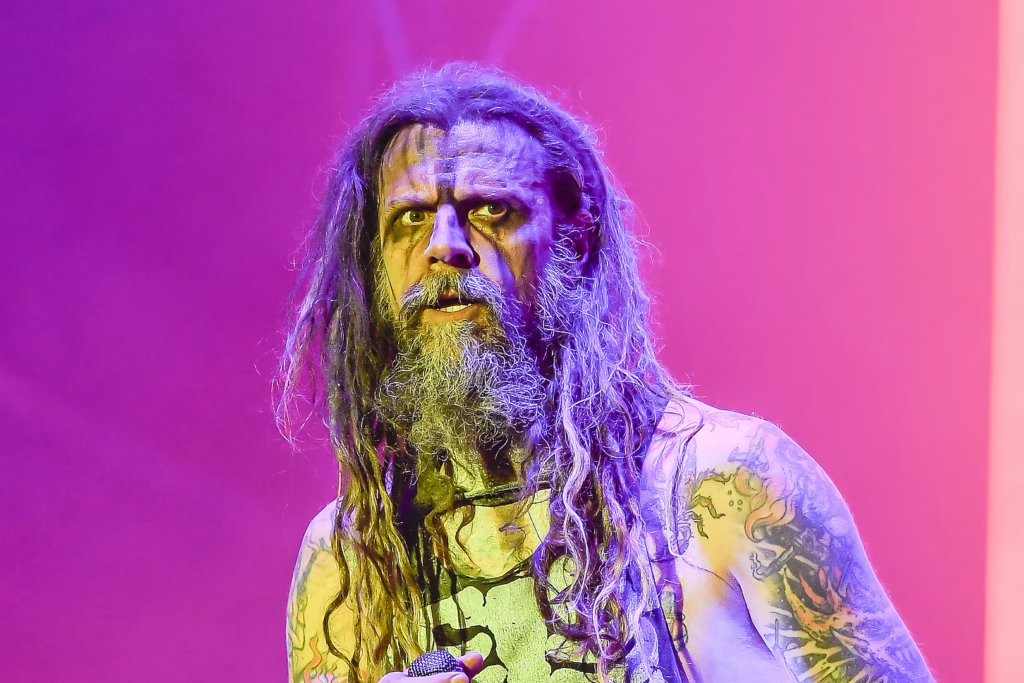
Legacy and Influence
Rob Zombie has carved out a rare identity as an artist who is as respected in metal circles as he is in cult film communities. He’s influenced countless musicians and filmmakers by proving that genre boundaries can be obliterated through style, conviction, and fearlessness.
Artists such as Marilyn Manson, Ghost, Wednesday 13, and even Slipknot have cited Zombie’s theatricality and aesthetic as influential. His combination of shock, satire, horror, and hard rock helped define an entire corner of alternative culture.
Personal Life and Side Projects
Zombie has been married to Sheri Moon Zombie, his longtime muse and frequent star in his films. He’s also an animal rights advocate, a vegetarian, and known for his meticulous control over all aspects of his art—from album art to film editing.
Outside of music and movies, he’s worked on comic books, voice acting, and even theme park attractions (including designing haunted mazes for Universal Studios’ Halloween Horror Nights).
Final Thoughts: A Unified Horror Vision
Rob Zombie isn’t simply a rocker who dabbled in film or a director who plays music. He is a cultural auteur whose entire output—whether sonic or cinematic—is tied to a singular, ghoulish vision of American gothic madness.
In a world that increasingly compartmentalizes artists, Zombie stands as a testament to creative freedom, where horror, metal, art, and chaos dance in glorious blood-soaked harmony.
